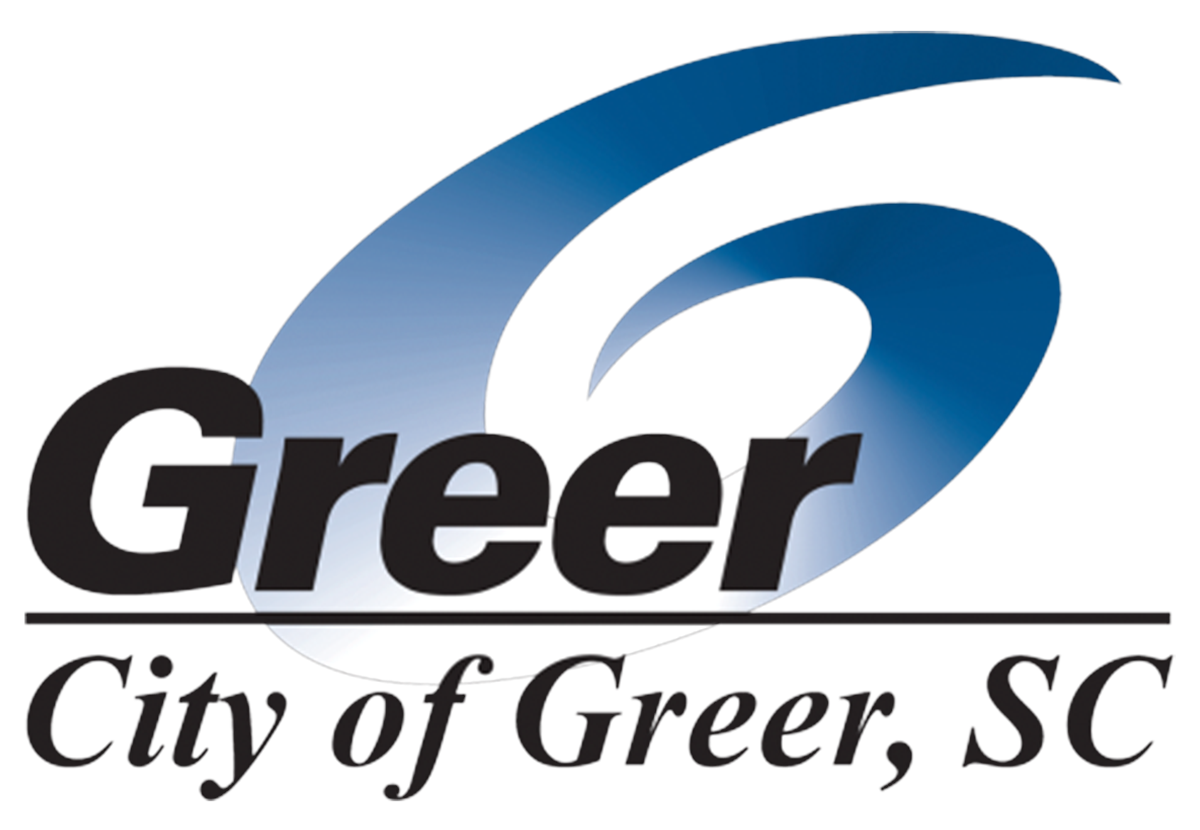
Traffic Calming Policy
In recent years, the City of Greer has received numerous requests to address speeding traffic and related safety concerns within neighborhoods. The City is committed to being a supporting partner in helping neighbors devise creative and workable ways to restore and preserve safe and peaceful streets. The City believes that this can be achieved through the use of devices or geometric features that have been labeled as "traffic calming" devices. The City, subject to the Traffic Calming Policy, may install speed humps intended to mitigate and reduce excessive speeding within these residential areas.
Eligibility Criteria
The City separates roadways into different types or classes, characterized by the nature and types of trips that take place, the length of the trip, and general traffic volume conditions.
Streets are placed in the following categories: Arterial Roadways, Collector Roadways, and Residential (Local) Streets. To be considered for the program, a roadway must:
1. Have a functional classification of residential street.
2. Have a posted speed of 35 MPH or less.
3. Be two-lanes wide.
4. Have an 85th percentile speed of 5 mph over the posted limit.
5. Have a volume greater than 300 vehicles per day (average of weekdays) but not greater than of 4,000 vehicles per day, with limited case by case exception.
Neighborhood Application
You can download an application by clicking the link at the bottom of this page. The initial application must include the name, address, phone number, and signature of individuals representing 5 separate households supporting the request for traffic calming devices.
Field & Traffic Studies
Once an application has been approved, appropriate traffic data collection will begin. Traffic volume and speed data will be collected for a period of five weekdays.
Average daily volume will be calculated using the total volume of vehicles counted over the five day period divided by 5.
The 85th percentile speed will be derived from the speed data collected along with the volume data.
The field data will be evaluated and if the eligibility criteria are met, then a meeting with neighborhood representatives will be scheduled.
Design and Location Standards
Generally, road humps will be 7-14 feet in travel length with a maximum height of three (3) to four (4) inches.
The City will determine the final location of all road humps. Road humps will usually be placed 200 to 600 feet apart.
Road humps will not be installed at the following locations:
• In front of driveways;
• Over manholes, monitoring wells, or water valves;
• Adjacent to fire hydrants;
• Near drainage inlets, if they will hinder drainage;
• On a vertical grade greater than 5%;
• In horizontal or vertical curves nor on approaches to these curves where visibility of the road hump is limited;
• Within 500 feet of a traffic signal, 200 feet of a stop sign or yield sign, or 100 feet of an uncontrolled intersection;
• In front of a property if the occupant objects to its placement.
Each road hump will be identified with appropriate traffic control devices. These include pavement markings on each hump, warning signs at each hump, and warning signs for each street segment with humps.
Quarterly Ranking
Data collected in the field will be tabulated in order to determine if the applications received meet the established criteria. For those that meet the criteria, a quarterly ranking of the applications will be performed based on the average daily traffic volume measured at each location. The rankings will determine the order in which the applications will be processed.
Neighborhood Petition
City staff, with the assistance of the City Engineer, will identify the impact area, and a petition bearing signatures of 65% of the property owners in the initial impact area must be completed to initiate subsequent steps of the process.
Proposed speed hump locations will be determined with the neighborhood representatives. If a sufficient number of households object to locating the calming device at their residence to render the plan unattainable, then the project will be terminated.
A petition form will be provided to the neighborhood representatives.
This petition must be returned within 30 days and must contain signatures representing 65% of the eligible residences, with a sufficient number of location permissions, in order to move forward with construction.
Funding
Funding for speed humps will be provided annually at the discretion of City Council. Approved locations will be installed as funds are available on a first come, first served basis. Approved locations may be funded by the neighborhood and will be installed upon receipt of necessary funds for the installation. Typical costs of these types of installation are $1500-$2100.
Petition Failure/Removal Policy
Any application for consideration that is received and fails to meet the eligibility criteria will not be eligible for reconsideration for a period of one year.
Any petition that is offered to residents and fails to receive sufficient neighborhood support to proceed will not be eligible for reconsideration for a period of three years.
If after two years from the date of installation, residents of the neighborhood decide that they no longer want speed humps, they can request that the traffic calming devices be removed. A minimum of 65% of the eligible residences must submit a favorable vote to remove any device which has been installed. The entire cost of removal must be paid for by the residents. If speed humps are removed from a road, pursuant to this section, that road will not be eligible for new speed humps for a period of five (5) years from the date of removal.
